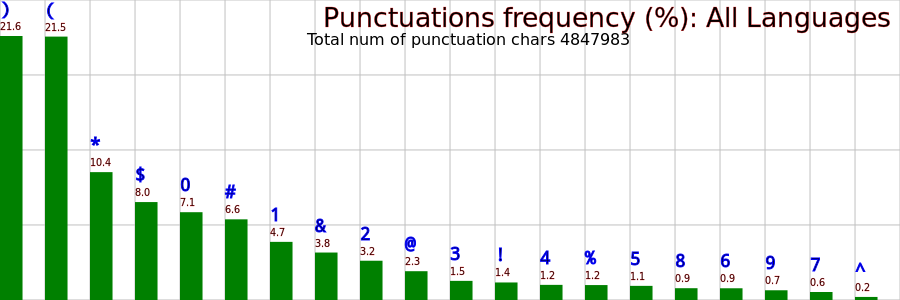Keyboard Layout, Is Inverted Number Row Better?
What is Inverted Number Row
Some keyboard layouts have inverted number row.
Layouts with inverted number row
Keyboard with inverted number row include:
Is inverted number row more efficient?
Let's answer that question.Here is number row of conventional keyboard:
!@#$% ^&*() 12345 67890
I have tried the inverted number row, for a few weeks around 2005, but in the end i abandoned it.
One problem is that the numbers are needed often too, especially a sequence of numbers like credit cards, ID numbers, dates “2010-08-30” or if you do a lot scientific programing with code such as x^2 - 1/5 * 1.6. But now you need to press Shift for the numbers.
And if you type Chinese with pinyin input method, you need to type one of the number 1 2 3 4 about every 6 keystrokes. 〔see Chinese Input Methods〕
Is Numbers Used More Often or the Symbols?

is numbers used more often or the symbols? The answer depends on what type of text you type.
- If you don't program but writes lots of blogs or chat, number is more frequent.
- If you do scientific programing a lot, for example, Mathematica, Julia, R, number is more frequent.
- If you code lots of C, Java, Ruby, JavaScript: symbols is more frequent.
To compute and plot your own, see Character Frequency Plot
Keyboard layout design
- Keyboard Layout Design 🔠
-
Ergonomic keyboard Layouts
-
Thumb Keyboard Layouts
- Most Efficient Layout?
- QWERTY Layout
- Dvorak Layout
- Maltron vs Dvorak
- Colemak Layout (2005)
- Workman Layout (2010)